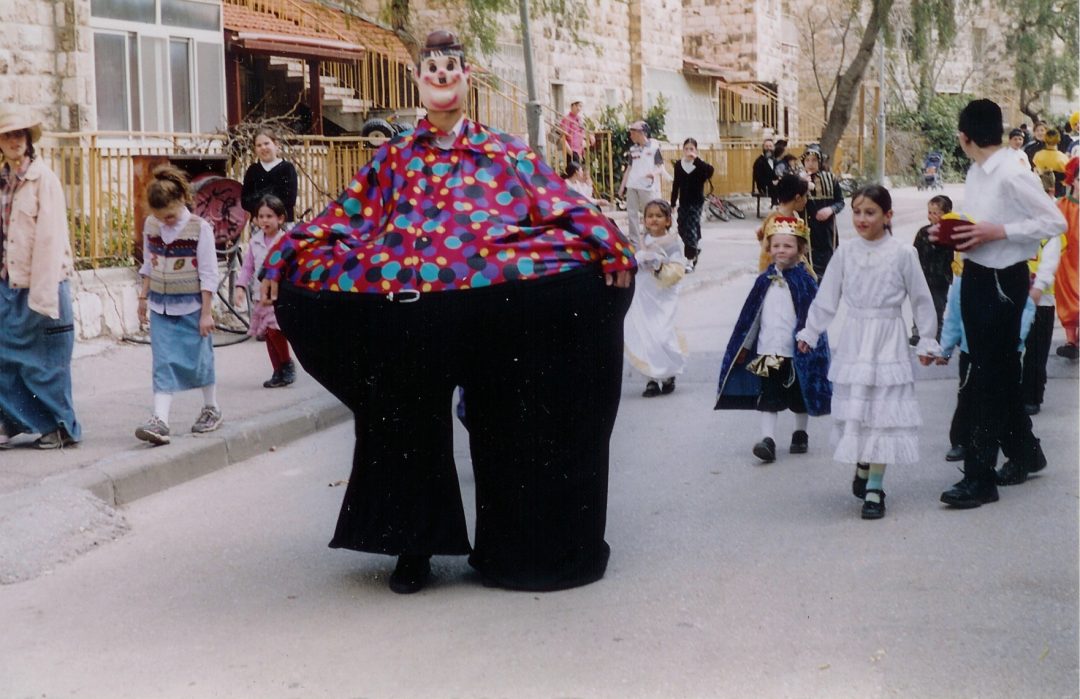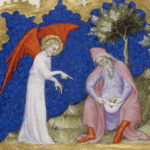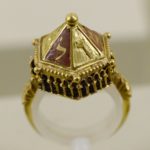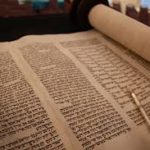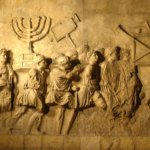Throughout the book of Esther, “the name of God is not there, but His finger certainly is”, wrote Matthew Henry the Bible scholar. His providence is obvious quietly, but sovereignly at work in the lives of men and women.
In order to understand the Biblical background, it’s important to read the whole book of Esther.
Purim is the plural of the Hebrew word “pur”, which means a lot used to determine something by chance. It refers to Haman’s use of lots to choose the date for his intended destruction of the Jews.
The main “players” in this Biblical Story:
Ahasuerus (Hebrew) and Xerxes are the same people. The Persian king reigned from 486 till 465 BC over 127 provinces stretching from India to Ethiopia.
Vashti: the king’s beautiful wife, who wouldn’t compromise her integrity and thereby lost her crown.
Haman: an anti-Semitic Persian who received influential authority from the king.
Mordechai the Jew: a righteous person who adopted the orphan Hadassah.
Hadassah: her Persian name is derived from “Ester”, meaning, star, dazzling or brilliant one.
Celebrating Purim
Although Purim is a minor festival from a religious point of view (it’s not mentioned in the Torah as a Feast of the Lord), people celebrate it with fervor.
Until 2 AD, Purim was not so much observed. The holiday was called “the Day of Mordechai”, or “day of Protection”. People observed the holiday by reciting the story of the Megillah (Scroll) in their homes and by exchanging gifts.
 The Talmud describes public readings around the time of the second Temple. The priests were instructed to stop their service in the Temple and listen to the recitation.
The Talmud describes public readings around the time of the second Temple. The priests were instructed to stop their service in the Temple and listen to the recitation.
But with the destruction of the Temple in 70 AD, this practice ended as well.
When the book of Esther became canonized and synagogues appeared, public readings in Hebrew and other languages became widespread.
Between the end of the 3rd and beginning of the 5th century AD, the reading of the Hebrew Megillah was universally accepted.
The liturgy was the same, but the drama, color, merrymaking, and pageantry varied from country to country.
During the Middle Ages the celebration was enlivened by masquerades, jesters, musicians, and actors.
Noisemaking and selecting a Purim queen or king is traced to 14th Century France.
Purim plays originated from the 16th century.
In 1615 in Germany, a local baker pronounced himself the “new Haman” and organized an attack against the Jews of the town. Although they fought back, they were driven out of town, having to leave their possessions behind. A few months later, the German ruler realized what injustice had been done. They were called back to Frankfurt, where a band welcomed them. The baker was killed, his house destroyed and a plaque erected which told about his deeds and punishment. Each year, the Jews in Frankfurt celebrated a special Purim and read a special Megillah which recalled the story.
The walking type of theater, the Purim “shpil” became actual stage performances, which were performed during the month of Adar in Germany and Eastern Europe, till World War II.
In Western Europe, North America and Israel, the emphasis was on Purim masquerade parties for adults and children.
 The book of Esther is usually written on a parchment scroll from a kosher animal. The rolled Megillah (scroll) is often illustrated, permitted because the name of God is not mentioned in it. The Megillah is read in synagogue on the eve of Purim and the next morning.
The book of Esther is usually written on a parchment scroll from a kosher animal. The rolled Megillah (scroll) is often illustrated, permitted because the name of God is not mentioned in it. The Megillah is read in synagogue on the eve of Purim and the next morning.
Each time the name of Haman is mentioned, the people making lots of noise with their greggers (ra’ashan).
Purim is a feast of gladness, and the only time permitted to get drunk so you no longer remember whether it is Mordechai or Haman who is to be praised or cursed.
Sending gifts to the poor
During Purim people send “gifts to the poor”, (misloah manot) and it is also customary to give money. This is usually sent through a messenger, not personally, to give the idea of “sending”. In synagogue, just before the reading of the Megillah, people also donate coins. This relates back to the custom that every Jew over twenty years old paid half a shekel for the upkeep of the Temple in Jerusalem.
The three-cornered cookies called “Haman Tashen” (oznei Haman) remind us of the story that Haman’s pockets were full of bribe money.
One of the fillings can be poppy-seed, “mohn” in German/Yiddish, which has similarly pronounced letters in Yiddish as Haman.
Oznei Haman (Haman’s ears) is a reference of the old European custom of cutting off criminal’s ears before they were hanged.
Because the city of Shusan was a walled city, an extra day was added for the celebrations. Therefore walled cities in Israel, like Jerusalem, celebrate Purim on the 15th of Adar. Purim is an official school holiday in Israel.

